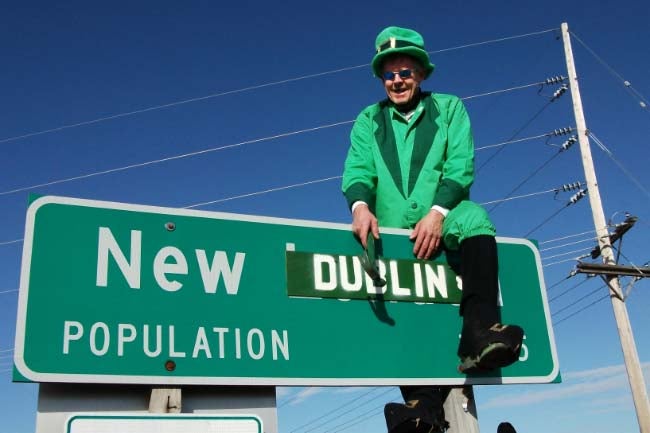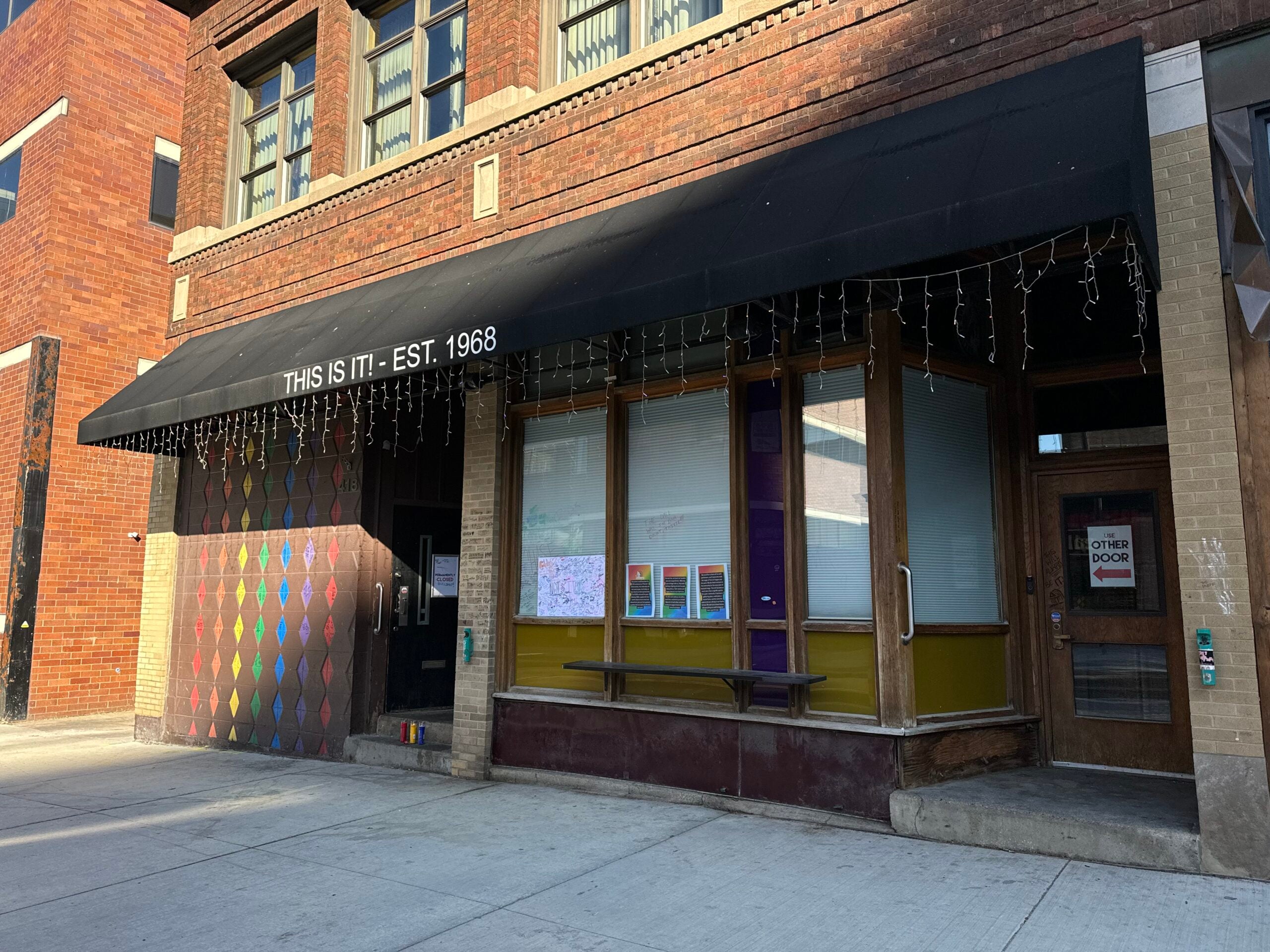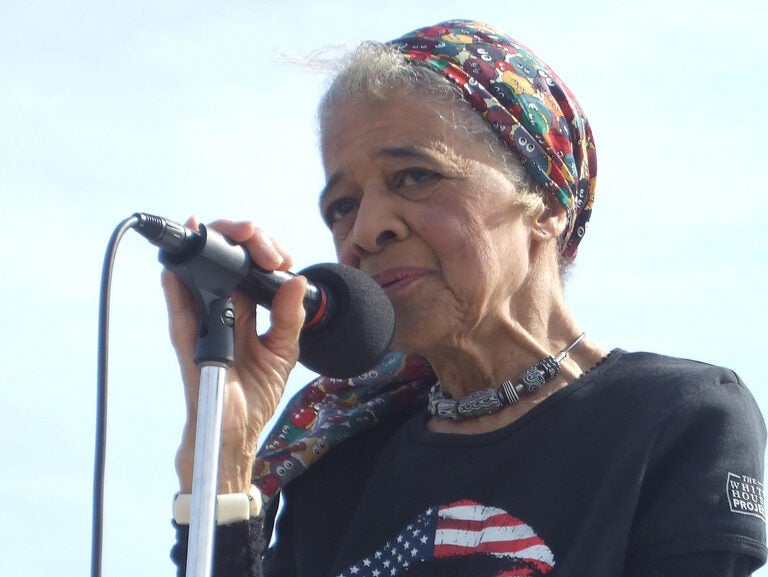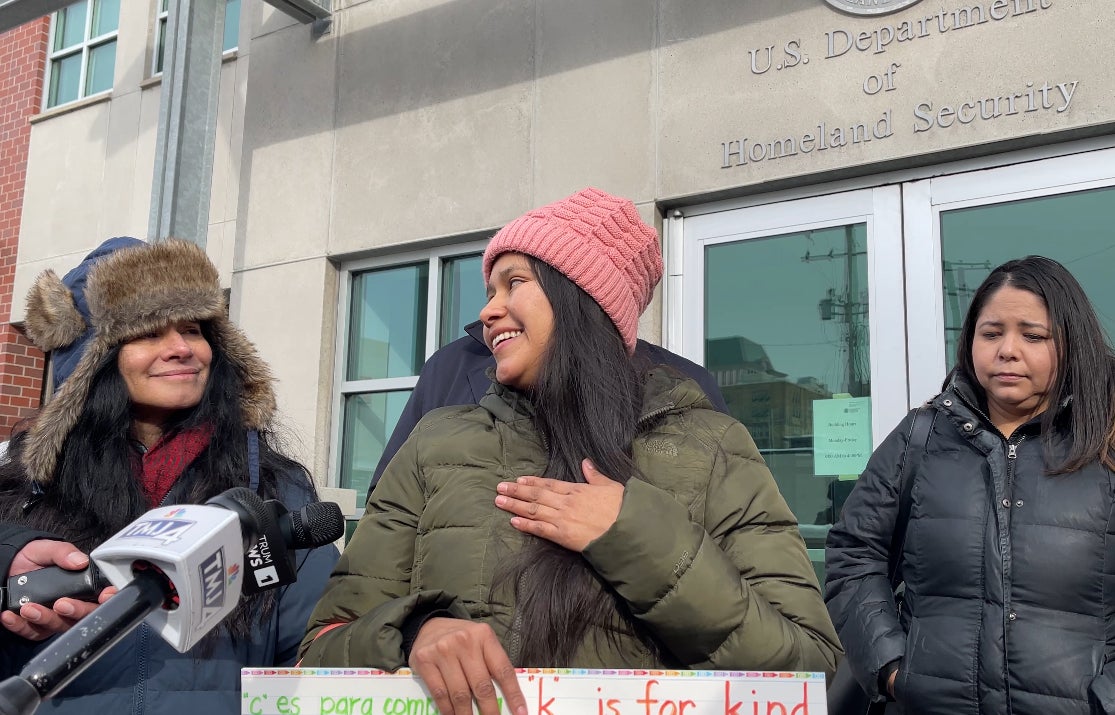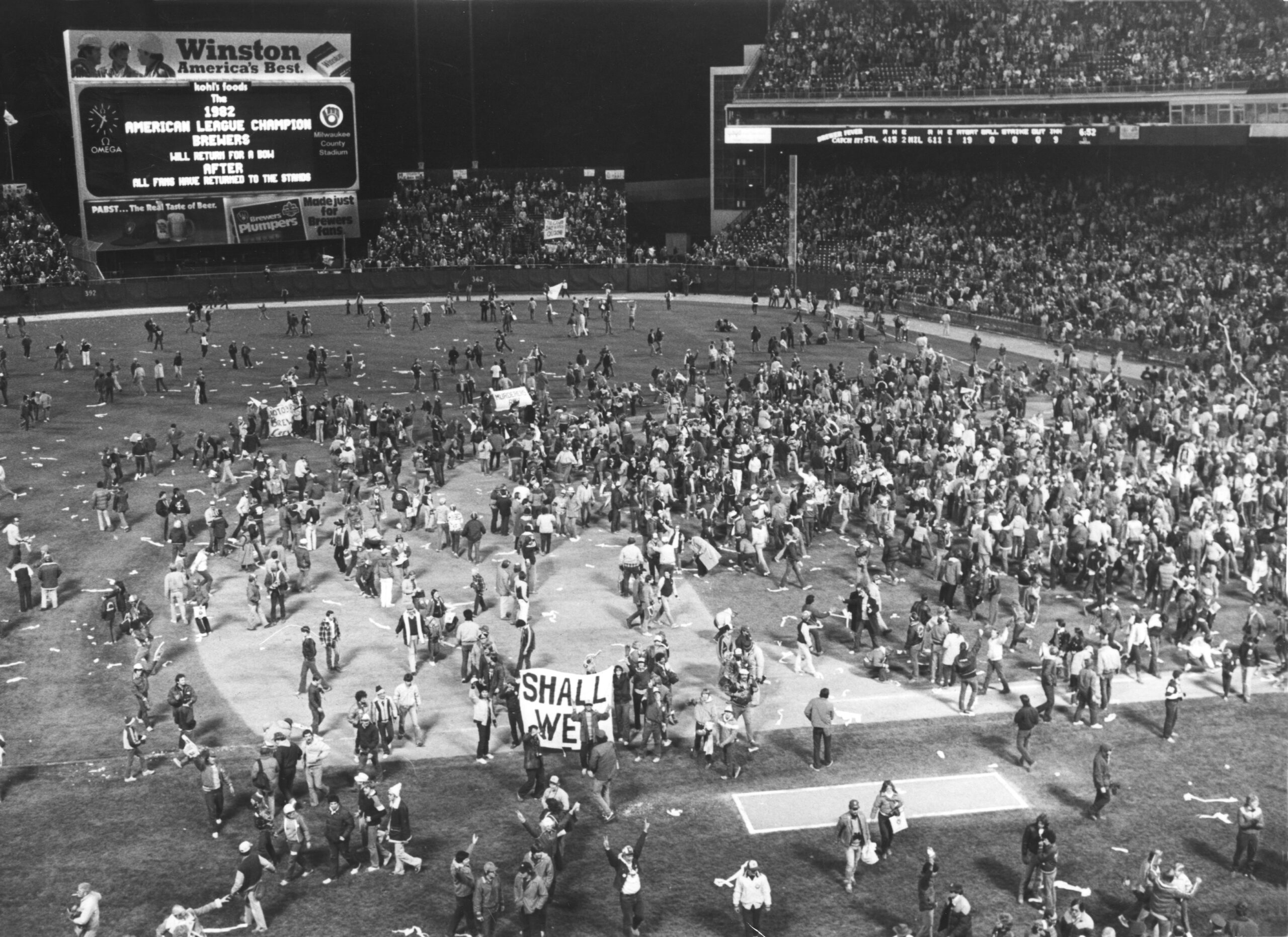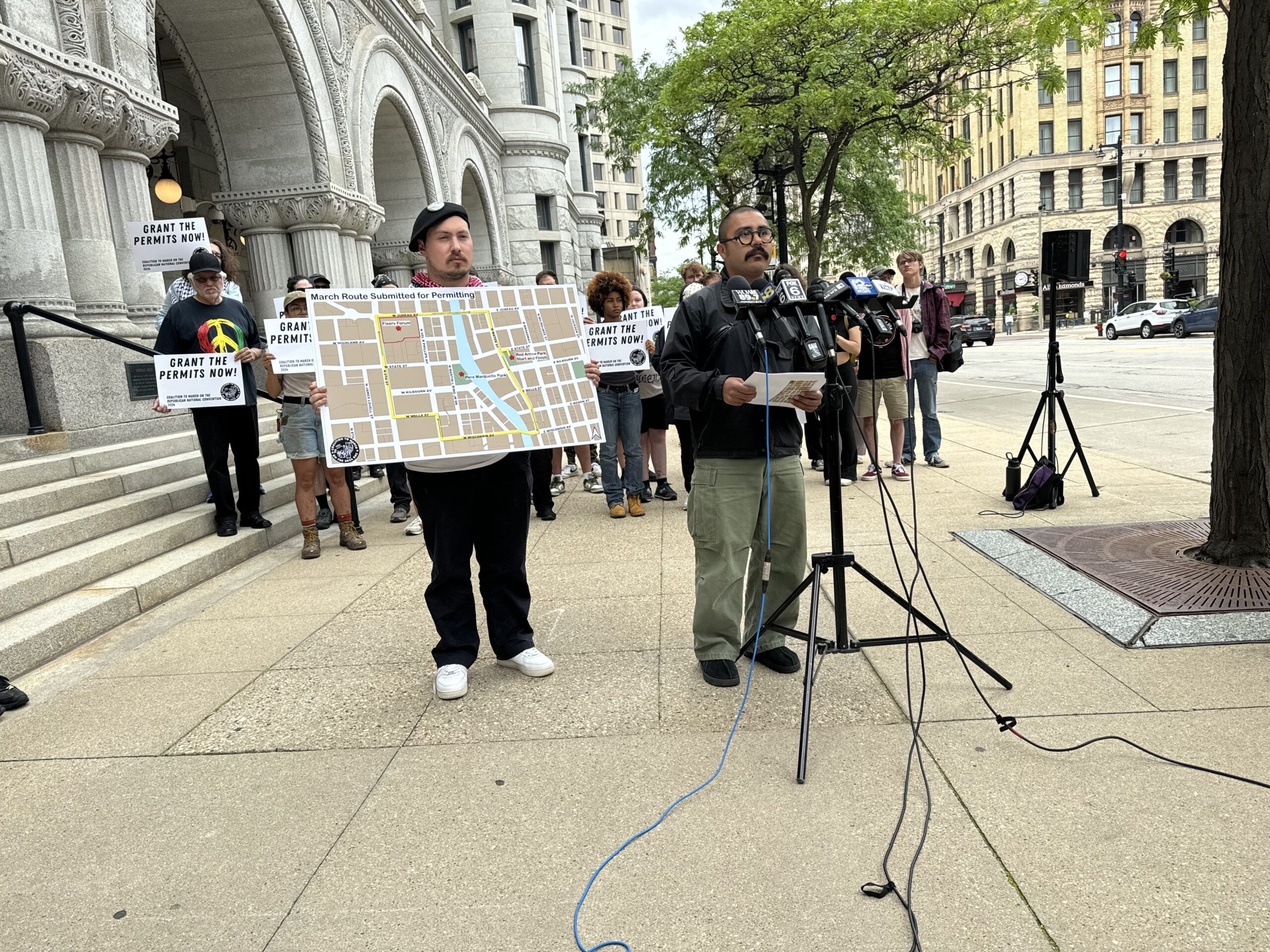Every year, “leprechauns” in New London change their town’s name on road signs to read “New Dublin” for St. Patrick’s Day.
The town, like many parts of Wisconsin, was settled by German immigrants, but the Irish left an indelible mark on the community. New London — or New Dublin — now hosts Wisconsin’s largest St. Patrick’s Day parade.
Wisconsin’s first St. Patrick’s Day parade may have been the one hosted in Milwaukee in 1843. Residents got an early jump on the day with festivities starting at 4 a.m. Notably, this party featured no green beer — or, in fact, any beer at all, as it was a temperance gathering organized by the pastor Father Kundig (a man of Swiss descent) of Milwaukee’s St. Peter’s church.
Stay informed on the latest news
Sign up for WPR’s email newsletter.
Father Kundig had helped found the Wisconsin Catholic Total Abstinence Society, a local chapter of a national organization, the previous St. Paddy’s Day, March 17, 1842. He decided to mark the group’s anniversary with a grand parade, relying on the growing strength and enthusiasm of the city’s Irish population.
The grand marshal kicked off festivities in the early hours of the morning with a band, pledges of temperance, a mass, and a procession of officials — including Solomon Juneau, one of the founders of Milwaukee, wearing a crimson sash atop a white horse. The parade also featured the “German band of Milwaukee” and the church choir in sleighs as the snow was still thick on the ground.
St. Patrick’s Day parades continue in Milwaukee and many other Wisconsin towns to this day, though the temperance message — and the crack-of-dawn start time — has faded away.
Wisconsin Public Radio, © Copyright 2025, Board of Regents of the University of Wisconsin System and Wisconsin Educational Communications Board.
